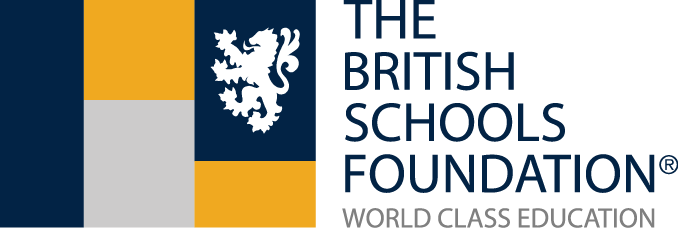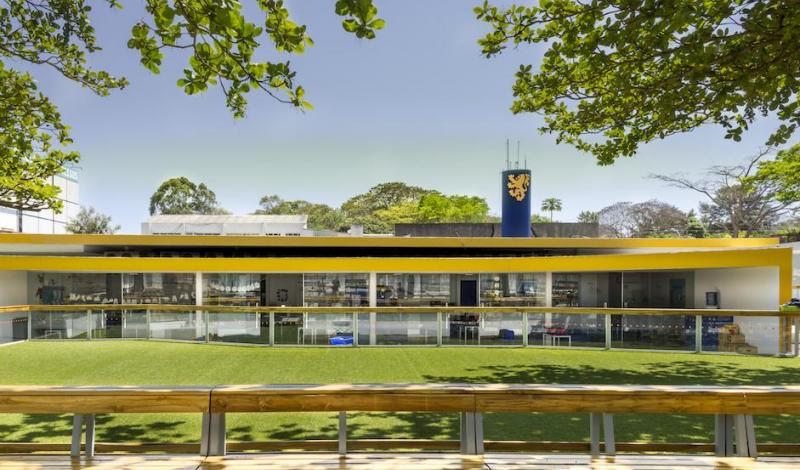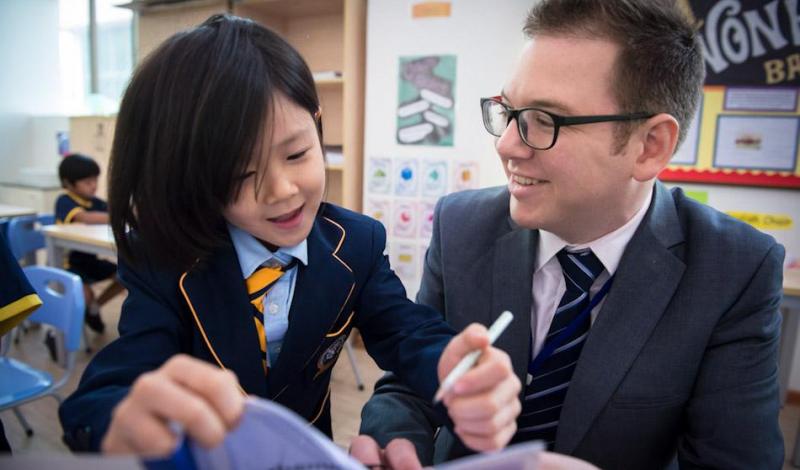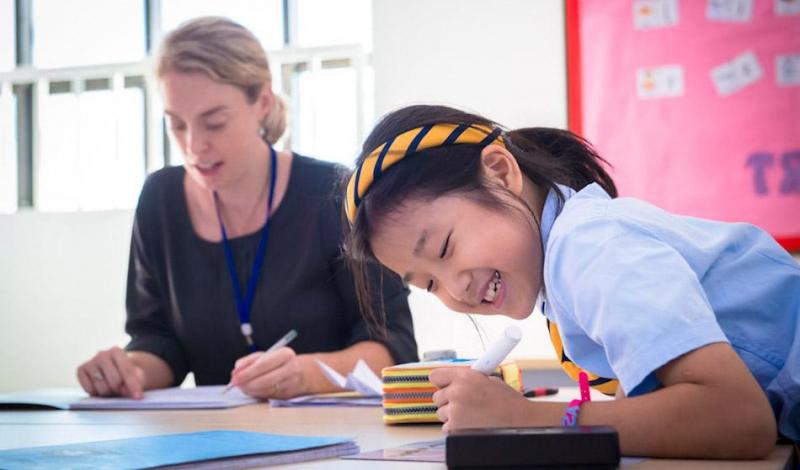Curriculum Overview
The National Curriculum leads to GCSE (at age 16) and A Level examinations (at age 18), qualifications that are recognised and highly valued by universities around the world.
BSF schools complement the core subjects and requirements of the National Curriculum with programmes in Sports, Music, Drama and outdoor education that go far beyond the standard requirements. The teaching of a second language is also emphasised.
The focus of the curriculum shifts as students progress through the years.
In the Early Years (ages 2 to 5), learning is play based. Children acquire their first notions of numeracy and literacy through active, playful activities. By the end of the Early Years, most children have acquired basic reading and number skills and a grounding a second language.
In the Primary school (ages 5 to 11) the focus is on learning good fundamental Maths and English language skills. Science, Technology, Humanities and Art are covered as multidisciplinary topics and through projects.
The curriculum in lower Secondary (ages 11 to 14) is more subject based and aims at building students ability to work independently and think critically. At this stage the emphasis is on exposing students to opportunities in a wide range of subjects so that they can begin to form ideas of where their interests lie.
Upper Secondary students follow GCSE (ages 14 to 16) and A-Level or IB diploma (age 16 to 18) courses. At GCSE, students study English, Maths, Science and a second language plus an additional four or five subjects from a selection. At A Level students specialise further and chose three or four subjects from a range of options. For students doing the IB Diploma subject options are more structured; students study six subjects in the first year and specialise in three of those in the last year.
Information Technology features strongly and is introduced early, but used sparingly until upper primary. After that it is used widely as a work tool. Every student (from age 8 onwards) is provided with a personal device (Apple iPad/Macbook or Google Chromebook) to support their learning.




